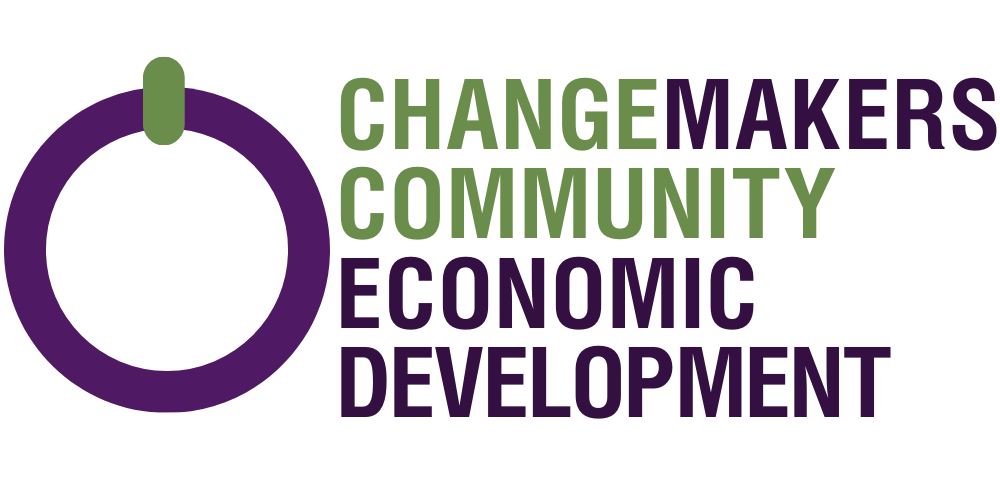Debt Management Series-Part 3
Debt Management Series
Part 3: Mastering The Art of Budgeting
Welcome to the third part of our series. Now that you have a debt repayment plan in place, it's time to master the art of budgeting. We know the word budget has a lot of negative baggage. The idea is to have a plan for managing your finances and making sure you stay on track with your debt repayment goals.
STEP 1: CHOOSE A BUDGETING METHOD
There are several budgeting methods to choose from.
Select the one that best fits your lifestyle and financial situation:
60/15/25 Rule: Allocate 60% of your income to needs, 15% to wants, and 25% to savings and debt repayment. Needs include rent, car payment, etc. Wants are like going out to eat or buying that new gadget.
Zero-Based Budgeting: Every dollar of income is allocated to expenses, savings, or debt repayment, so the budget balances to zero.
Envelope System: Allocate cash for different spending categories in envelopes. When the cash is gone, you can't spend any more in that category.
You may also use a couple of these together. I like using Zero-Based Budgeting because every dollar is accounted for, but I also like using the Envelope System for groceries, gas, dining out. Pick the one (or many) that work best for you. You want to put something in place that you will actually use and be successful using.
STEP 2: TRACK YOUR SPENDING
For one month, track every penny you spend. Use a notebook, spreadsheet, or budgeting app to record all your expenses. This will help you identify spending patterns and areas where you can cut back.
STEP 3: ADJUST YOUR BUDGET
Based on your spending tracking, adjust your budget to reflect realistic amounts for each category. Ensure that you allocate enough towards your debt repayment goals.
STEP 4: AUTOMATE YOUR FINANCES
Set up automatic payments for your bills and debt repayments to ensure you never miss a payment. A handful of unnecessary debt are late fees. I know I’ve been guilty of that in the past. You can also automate your savings to help you build an emergency fund without thinking about it. It could be as low as $10 a week. Just something to get you going.
STEP 5: REVIEW AND REVISE REGULARLY
Your budget is a living document. Review it regularly (at least monthly) and make adjustments as needed. Life changes, and so should your budget.
By mastering the art of budgeting, you create a strong foundation for financial stability and debt repayment. Consistent tracking and adjusting will help you stay on course and reach your financial goals.
Here are some online apps that may help you create your plan. ChangeMakers Hawaiʻi is not affiliated with any of these sites. We want to provide you with tools to help you succeed.
PocketGuard: Helps you track your spending and see how much disposable income you have.
Empower: While also useful for investment tracking, it offers robust budgeting tools.
In the next part, we'll discuss strategies to tackle high-interest debt and avoid common pitfall. Remember, you're not alone on this journey. We're here to help you every step of the way. Want more help and advice, consider signing up for ChangeMakers Hawaiʻi’s Kanakanomics program.
Missed any part of the series? Check them out below.








